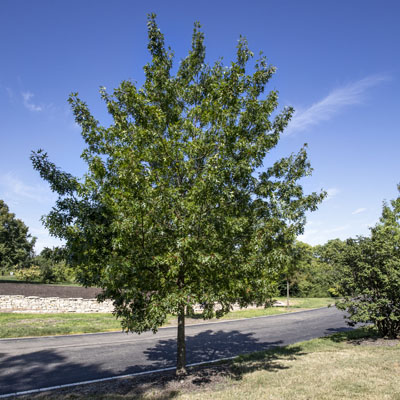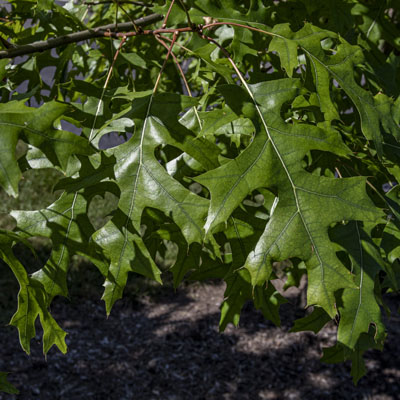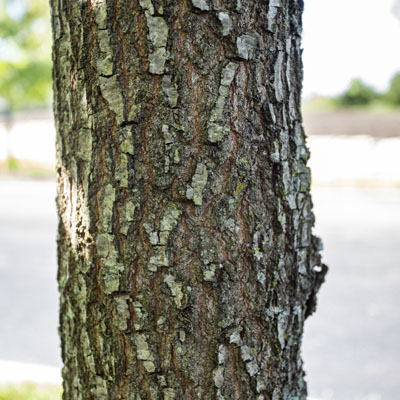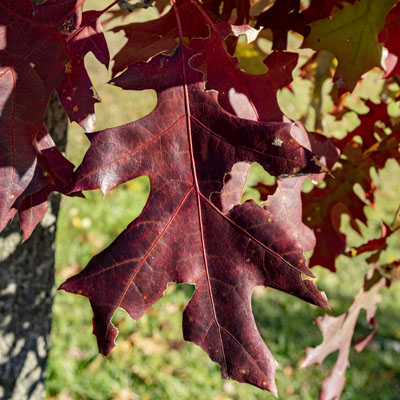Tree Catalog - Best Trees For Dayton, Ohio
Welcome to the Arbor Experts Tree Catalog, where you'll find photos and complete descriptions of the trees we most highly recommend for the Dayton, OH area. All of these trees will do well here and would be a beautiful addition to your yard.
Scarlet Oak
Quercus coccinea





Characteristics
The Scarlet Oak’s narrow leaves may resemble a pin oak or a black oak, but their brilliant late fall foliage will easily identify it. A resilient tree that can handle—and even prefers—drought and poor soils, this oak is regularly used as a street tree as well as a garden ornamental specimen. Its dark red or russet fall color can be stunning.
Growing Tips
The Scarlet Oak grows in USDA Zones 4-9, making it ideal for the Dayton area. With its mature size reaching 75’ high and 50’ wide, planting this tree in large, open landscape areas gives it a chance to show off its large size and spread. Additionally, its tolerance of dry and sandy soils means it can be planted in a range of settings.
You are better off planting a small tree, as this oak can have difficulty establishing itself. Trees with taproots (such as the Scarlet Oak) suffer less shock when transplanted while still small. Make sure to provide sufficient irrigation to new trees until they are established. See this article for details on watering newly-planted trees.
This tree species prefers acidic soils (you may need to amend your soil to achieve this); not only will it grow better, it will also have more vivid fall leaf color.
Don't worry if you see some of the interior leaves hanging on through winter - that's common and not a sign of problems.
Pests and Diseases
The Scarlet Oak has no serious problems, but common insect and pathogen damage can occur. Shothole leaf miners and oak mites damage leaves, but generally this is just cosmetic. Gypsy moths prefer oaks, and successive, heavy infestations can threaten trees. Ohio’s Department of Agriculture has information about the gypsy moth here. Spraying for gypsy moths should always be done by professionals.
Leaf spot, mildew, and anthracnose are common on oak leaves and can cause blighted or deformed foliage. This damage is cosmetic, and fungicide spraying for anthracnose is not recommended.
Things to Look Out For
When you use the Scarlet Oak as a street tree, be sure to provide enough room for its critical root zone. With its flared trunk base, roots can lift sidewalks and curbs when not given a large enough planting space.
